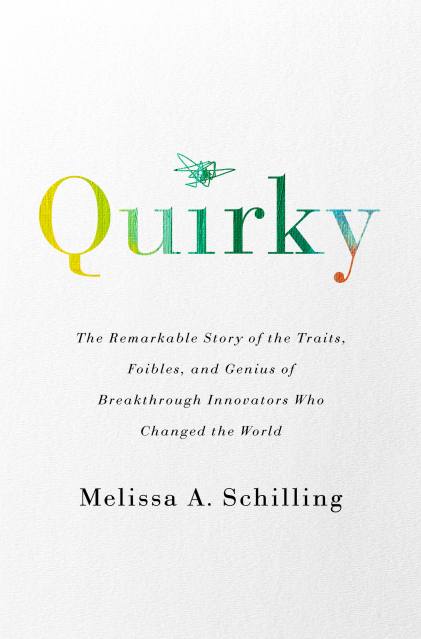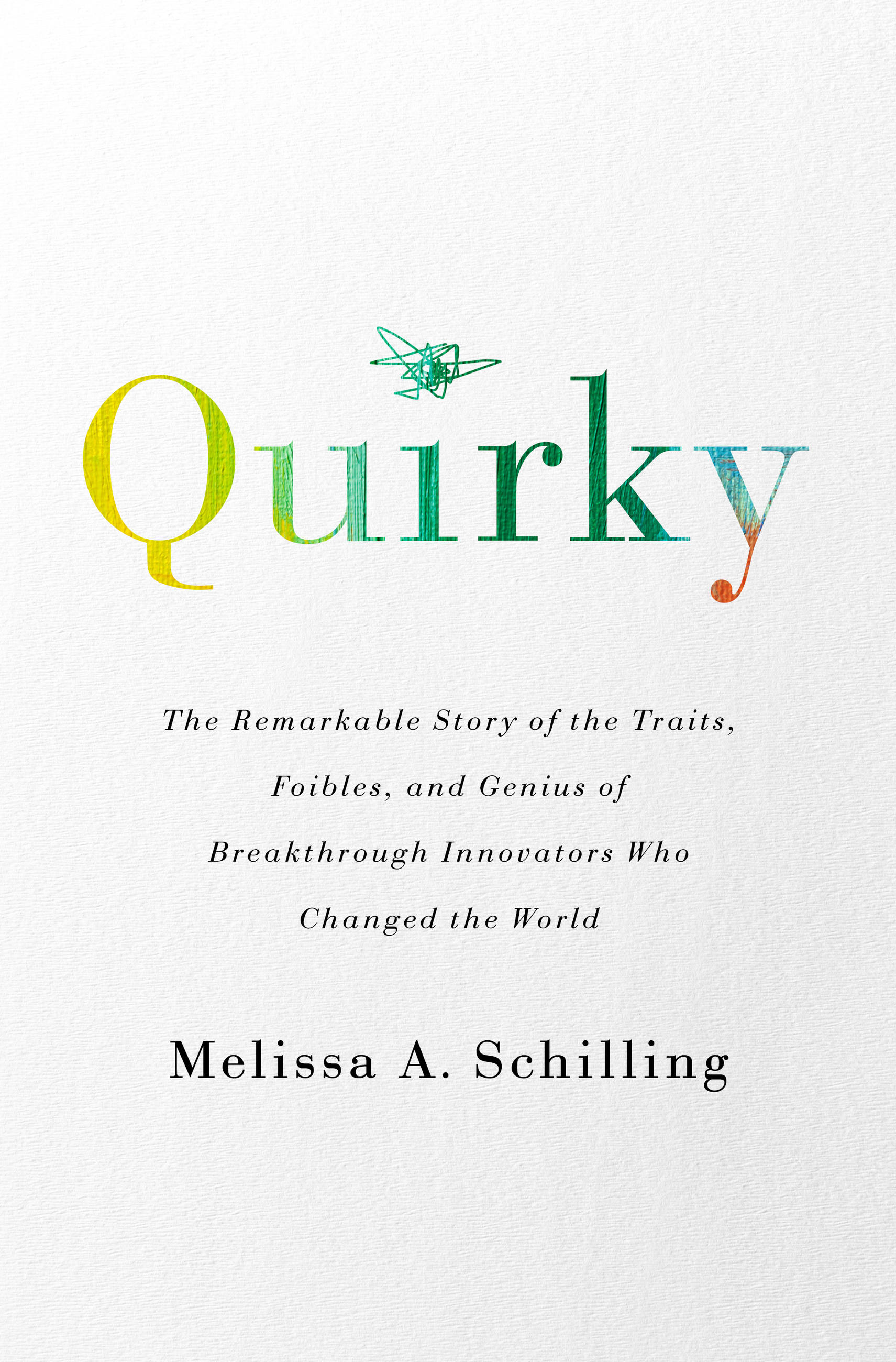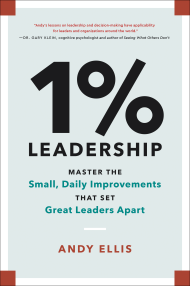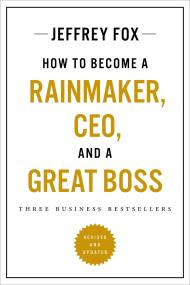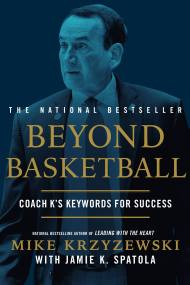Promotion
Use code MOM24 for 20% off site wide + free shipping over $45
Quirky
The Remarkable Story of the Traits, Foibles, and Genius of Breakthrough Innovators Who Changed the World
Contributors
Formats and Prices
Price
$11.99Price
$15.99 CADFormat
Format:
- ebook $11.99 $15.99 CAD
- Audiobook Download (Unabridged)
- Trade Paperback $17.99 $22.99 CAD
- Mass Market $9.99
This item is a preorder. Your payment method will be charged immediately, and the product is expected to ship on or around February 13, 2018. This date is subject to change due to shipping delays beyond our control.
Also available from:
What really distinguishes the people who literally change the world — those creative geniuses who give us one breakthrough after another? What differentiates Marie Curie or Elon Musk from the merely creative, the many one-hit wonders among us?
Melissa Schilling, one of the world’s leading experts on innovation, invites us into the lives of eight people — Albert Einstein, Benjamin Franklin, Elon Musk, Dean Kamen, Nikola Tesla, Marie Curie, Thomas Edison, and Steve Jobs — to identify the traits and experiences that drove them to make spectacular breakthroughs, over and over again. While all innovators possess incredible intellect, intellect alone, she shows, does not create a breakthrough innovator. It was their personal, social, and emotional quirkiness that enabled true genius to break through–not just once but again and again.
Nearly all of the innovators, for example, exhibited high levels of social detachment that enabled them to break with norms, an almost maniacal faith in their ability to overcome obstacles, and a passionate idealism that pushed them to work with intensity even in the face of criticism or failure. While these individual traits would be unlikely to work in isolation — being unconventional without having high levels of confidence, effort, and goal directedness might, for example, result in rebellious behavior that does not lead to meaningful outcomes — together they can fuel both the ability and drive to pursue what others deem impossible.
Schilling shares the science behind the convergence of traits that increases the likelihood of success. And, as Schilling also reveals, there is much to learn about nurturing breakthrough innovation in our own lives — in, for example, the way we run organizations, manage people, and even how we raise our children.
Genre:
-
"[A]n entertaining and enlightening romp through the lives of eight 'breakthrough innovators,' exploring their remarkable abilities, personalities and motives."Financial Times
-
"I love this book because it makes me think about thinking. Schilling very strongly makes the point that in a society where broad statistical approaches in education and science seem to point us toward some mediocre median, that the big innovations-the industry and civilization-changing innovations-still generally come from cranky individuals who are determined that their way is the better way. How do you make another Tesla, Curie, Jobs, or Musk? Schilling tells us how."Robert Cringely,author of Accidental Empires, Triumph of the Nerds, and Nerds 2.0.1.
-
"An interesting and well-crafted journey through the lives of those 'quirky' women and men who transformed the world through innovation."David Brin, NASA advisor, astrophysicist, and award-winning author of ThePostman, The Transparent Society, and Existence
-
"A real page-turner ... a fascinating mixture of the life stories of radical innovators, such as Elon Musk and Marie Curie, expertly deconstructing them to reveal their underlying commonalities. What transpires is both wonderfully insightful and inspiring."Freek Vermeulen,London Business School
-
"A captivating read with inspirational biographies and valuable lessons to help light that innovative flame."Daniel Levinthal, TheWharton School, University of Pennsylvania
-
"An inspiring journey of discovery. You'll finish the book understanding something of true genius."RitaMcGrath, Columbia University
-
"An exceptionally rewarding marriage of biography and social science that will change the way you think about winners and winning."Ron Adner, TuckSchool of Business, Dartmouth College, author of The Wide Lens
-
"The real paradox of Schilling's work is that even though it looks at completely extraordinary people, it may be most valuable for what it tells us about how organizations can harness the innovative power of ordinary people."Strategy+ Business
-
"Quirky is both brilliant biography and useful leadership guide. It is an easy to read but deep exploration of the lives of individual innovators and their qualities make for great history that also provides informative instruction for how we can foster these qualities today in ourselves and our organizations."800 CEO READ
- On Sale
- Feb 13, 2018
- Page Count
- 336 pages
- Publisher
- PublicAffairs
- ISBN-13
- 9781610397933
Newsletter Signup
By clicking ‘Sign Up,’ I acknowledge that I have read and agree to Hachette Book Group’s Privacy Policy and Terms of Use
